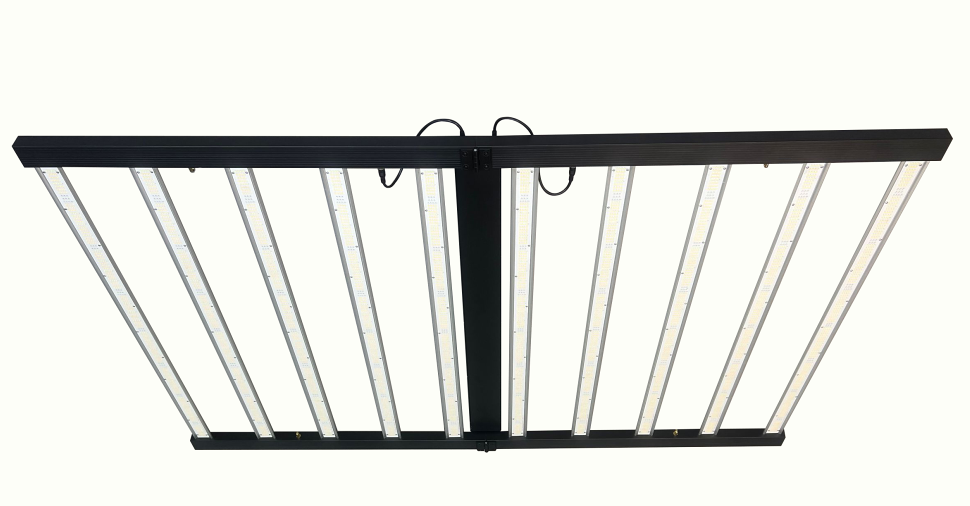If there is insufficient light for growing flowers, can we supplement the light for plants? Yes, modern technology has done it, and it can also be used for different plants according to different light~
Regarding the lack of light, can we use plant supplementary lights to make up for this problem? The answer is yes! Taking roses as an example, we all know that roses need strong light to grow healthily. If there is insufficient light, they will definitely not grow well. Then the appearance of supplementary lights can indeed make up for the lack of sunlight to a certain extent.
The main purpose of plants' demand for light is photosynthesis. We all know that photosynthesis can not only produce oxygen, but also accumulate a lot of nutrients for plants. These nutrients help plants grow, carry out nutritional growth, and reproductive growth, which are inseparable from the strong accumulation of photosynthesis. Generally, ordinary sunlight can meet the photosynthesis of plants. For different plants, the demand for sunlight is also different, but no matter what plant, it needs light, which is certain.

In nature, the main source of light for plants comes from the sun, but when there is insufficient sunlight, the plants will grow too long, the color will fade, the leaves will become thinner, the flower color will fade, and the life span will be short; at this time, artificial light sources need to be relied on to supplement the light.
Now on the market, laser plant lights and LED plant lights can be customized according to the special plant spectrum to give plants light comparable to the sun, greatly improve the efficiency of plant photosynthesis, and eliminate useless light. To cope with different environments, provide plants with an ideal light environment for photosynthesis and promote the growth of plants at different stages.
Cold white light is suitable for supplementary lighting for succulents and small flowers, preventing steep growth, beautifying plant shape, maintaining bright flower color, and extending flowering period. Small flowers such as Kalanchoe, snapdragon, petunia, pansy, mini rose, Rieger begonia, water lily, etc.
Warm white light is suitable for indoor foliage plants, making the leaf color healthier, the plant shape more compact, and the leaves thicker. For example, ferns, small golden diamonds, philadelphus, fortune trees, white palms, air plants, bean greens, golden pothos, rough rib grass, spiderwort, etc.
Purple-red light lanterns are suitable for flowers, long-day flowers such as roses, gladiolus, irises, cineraria, impatiens, violets, poppies, lilies, etc.
The principle of plant supplementary lighting is mainly to imitate the full spectrum of sunlight. Now LED lamps are the most common. The advantages are low wattage and low power consumption. It is a very practical supplementary lighting measure for families. When buying this kind of lamp, you must not be greedy for cheapness. Most cheap lamps are of inferior quality and cannot achieve the real supplementary lighting effect. Not to mention the power consumption when you buy it home, it also starts to play a practical role. It is more worry-free to trust big brands.
















